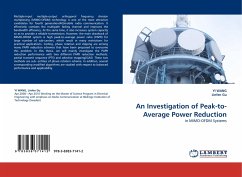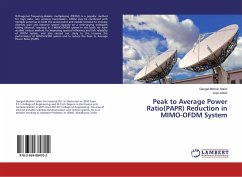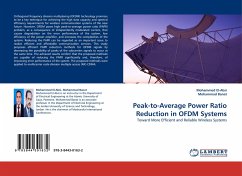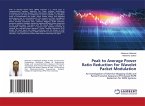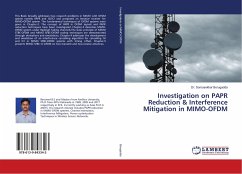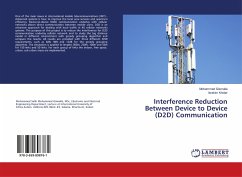Multiple-input multiple-output orthogonal frequency division multiplexing (MIMO-OFDM) technology is one of the most attractive candidates for fourth generation(4G)mobile radio communication. It effectively combats the multipath fading channel and improves the bandwidth efficiency. At the same time, it also increases system capacity so as to provide a reliable transmission. However, the main drawback of MIMO-OFDM system is high peak-to-average power ratio (PAPR) for large number of sub-carriers, which result in many restrictions for practical applications. Coding, phase rotation and clipping are among many PAPR reduction schemes that have been proposed to overcome this problem. In this thesis, we will mainly investigate the PAPR reduction performance with two different PAPR reduction methods: partial transmit sequence (PTS) and selective mapping(SLM). These two methods are sub- entities of phase rotation scheme. In addition, several corresponding modified algorithms are studied with respect to balanced performance and applicability.
Bitte wählen Sie Ihr Anliegen aus.
Rechnungen
Retourenschein anfordern
Bestellstatus
Storno

